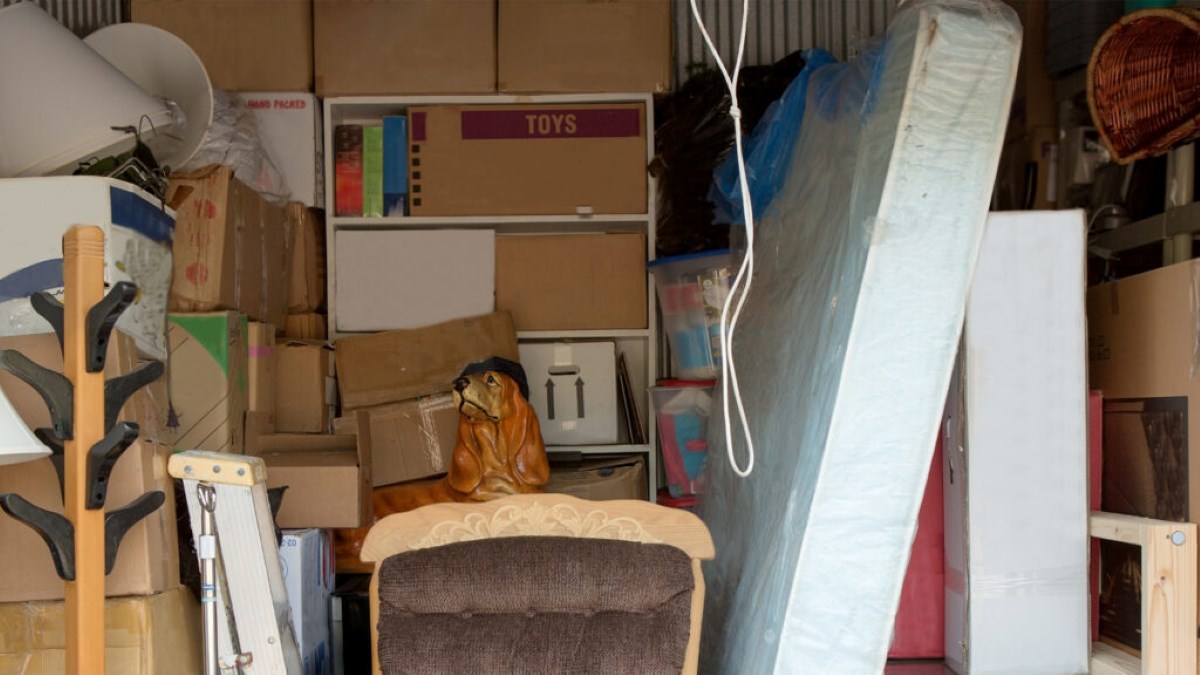

Articles
How To Store A Mattress In A Garage
Modified: January 19, 2024
Learn the best way to store a mattress in a garage with these helpful articles. Keep your mattress protected and ready for future use.
(Many of the links in this article redirect to a specific reviewed product. Your purchase of these products through affiliate links helps to generate commission for Storables.com, at no extra cost. Learn more)
Introduction
When it comes to storing a mattress, the garage can be a practical solution. Whether you’re moving to a new home, downsizing, or simply decluttering, knowing how to properly store a mattress in a garage can help preserve its quality and extend its lifespan. However, storing a mattress in a garage requires careful preparation and consideration to protect it from potential damage caused by moisture, pests, and improper storage conditions.
In this article, we will guide you through the steps to properly store a mattress in a garage. From preparing the mattress for storage to finding the right storage area and protecting it from environmental factors, we will cover everything you need to know to keep your mattress safe and well-preserved during its time in the garage.
So, let’s dive in and learn how to store a mattress in a garage effectively!
Key Takeaways:
- Properly preparing and storing a mattress in the garage involves cleaning, wrapping, and elevating it to protect against moisture, pests, and damage. Periodic checks and avoiding heavy objects are crucial for maintaining its quality.
- Following the steps outlined in the article ensures that your mattress remains clean, intact, and well-preserved during its time in the garage. Proper preparation, storage, and periodic checks are essential for extending its lifespan.
Read more: How To Store A Kayak In A Garage
Step 1: Prepare the Mattress for Storage
Before storing your mattress in the garage, it’s essential to properly prepare it to ensure its longevity and protect it from potential damage. Following these steps will help keep your mattress in optimal condition:
- Clean and Vacuum the Mattress: Start by thoroughly cleaning your mattress. Remove all bedding and use a vacuum cleaner with an upholstery attachment to remove dust, dirt, and debris from the surface. Pay special attention to seams and crevices where dirt can accumulate.
- Remove Stains, if Any: If there are any stains on your mattress, treat them accordingly. Use a mild detergent mixed with water to gently clean the stains. Be sure to follow the manufacturer’s instructions and avoid using excessive amounts of liquid, as this can lead to mold and mildew growth.
- Air Dry the Mattress: After cleaning, allow the mattress to air dry completely. This step is crucial to prevent moisture from being trapped inside the mattress, as it can lead to mold and unpleasant odors.
- Deodorize the Mattress: To keep your mattress smelling fresh during storage, sprinkle baking soda all over the surface. Allow it to sit for a few hours, then vacuum it off.
By following these steps, you can ensure that your mattress is clean, free from stains, and properly prepared for storage in the garage. This preparation will not only help maintain the mattress’s pristine condition but also prevent any potential health hazards that may arise from storing a dirty or stained mattress.
Step 2: Clean and Vacuum the Mattress
Cleaning and vacuuming the mattress is an essential step in preparing it for storage. This process not only helps to remove dirt and debris but also eliminates any allergens or odors that may have accumulated over time. Here’s how you can clean and vacuum your mattress effectively:
- Strip the Bedding: Start by removing all bedding, including sheets, blankets, and pillowcases. This will allow you to access the entire surface of the mattress for cleaning.
- Vacuum the Surface: Use a vacuum cleaner with an upholstery attachment to clean the surface of the mattress thoroughly. Begin by vacuuming the top and sides, paying attention to seams, crevices, and tufting. Continue with long, sweeping motions to cover the entire surface area.
- Spot Clean Stains: If you notice any stains on the mattress, spot clean them using a mild detergent mixed with water. Gently dab the stain with a clean cloth or sponge, being careful not to saturate the mattress. Blot the area until the stain is removed, and then rinse with a clean, damp cloth to remove any residue.
- Deodorize the Mattress: To eliminate any odors, sprinkle baking soda over the entire mattress. Let it sit for at least 30 minutes or overnight to absorb any unwanted smells. Then, use the upholstery attachment on your vacuum cleaner to remove the baking soda by vacuuming the entire mattress thoroughly.
Cleaning and vacuuming your mattress before storage will help maintain its freshness and prevent the accumulation of dirt and allergens. By following these steps, you’ll ensure that your mattress is clean and ready for storage in the garage.
Step 3: Wrap the Mattress in a Protective Cover
Wrapping your mattress in a protective cover is a crucial step in safeguarding it during storage. A proper mattress cover will shield your mattress from dust, moisture, pests, and any potential damage. Here’s how you can effectively wrap your mattress:
- Choose a High-Quality Mattress Cover: Invest in a durable, waterproof, and breathable mattress cover that is specifically designed for storage purposes. The cover should be large enough to completely encase the mattress and provide a secure fit.
- Place the Mattress on a Clean Surface: Find a clean, dry surface in your garage and place the mattress on it. This will ensure that no dirt or debris transfers onto the mattress when you’re wrapping it.
- Slide the Mattress into the Cover: Carefully slide the mattress into the protective cover, ensuring that it fits snugly. Start at one end and gradually work your way to the other, pulling the cover over the entire mattress.
- Zip or Seal the Cover: Once the mattress is inside the cover, zip it up or seal it securely. Make sure there are no gaps or openings that could allow dust, pests, or moisture to enter.
- Tape the Seams: For added protection, use heavy-duty packing tape to seal the seams of the cover. This will further prevent any dust or pests from getting inside.
By wrapping your mattress in a protective cover, you create a barrier against potential damage caused by dust, moisture, pests, and accidental spills. This step is crucial in ensuring that your mattress remains clean, intact, and well-preserved during its time in the garage.
Step 4: Find an Elevated Storage Area in the Garage
Choosing the right storage area in your garage is important to protect your mattress from potential damage. By finding an elevated storage area, you can minimize the risk of moisture, pests, and other elements affecting the quality of your mattress. Here’s what you need to do:
- Assess the Space: Take a look around your garage and evaluate the available space. Look for an area that is elevated and away from potential sources of moisture, such as windows, doors, or leaky pipes.
- Clean and Clear the Area: Before placing your mattress in the chosen storage area, ensure that the space is clean and free from any dirt, debris, or obstructions. Sweep or vacuum the floor to create a clean surface for your mattress.
- Utilize Shelving or Pallets: To elevate your mattress off the ground, consider using sturdy shelves or pallets. These structures provide additional protection against moisture and pests, as well as improving airflow around the mattress.
- Position the Storage Area Away from Walls: Keep your mattress a few inches away from the walls to promote air circulation and prevent moisture buildup. This helps to prevent mold and mildew growth, which can lead to irreversible damage to your mattress.
- Consider Climate Control: If your garage experiences extreme temperatures or humidity, you may want to consider investing in a dehumidifier or implementing climate control measures. This will help maintain stable conditions and protect your mattress from harmful environmental factors.
By finding an elevated and well-ventilated storage area in your garage, you can provide optimal conditions for your mattress. This step is crucial in preventing moisture buildup, mold growth, and pest infestations, ensuring that your mattress remains in excellent condition throughout its time in storage.
When storing a mattress in a garage, make sure it is elevated off the ground to prevent moisture damage. Use a mattress cover or tarp to protect it from dust and dirt.
Read more: How To Store Surfboards In Garage
Step 5: Place the Mattress on a Stable Platform
Placing your mattress on a stable platform is essential for its safety and stability during storage. A sturdy and level surface provides the necessary support to prevent any unnecessary pressure or damage to the mattress. Here’s how you can properly position your mattress on a stable platform:
- Select a Stable Surface: Choose a platform or surface in your garage that is flat, even, and capable of supporting the weight of the mattress. This can be a mattress foundation, solid shelving, or even sturdy plywood placed on top of pallets.
- Position the Mattress Carefully: Lift the wrapped mattress with care and place it evenly on the stable platform. Ensure that the mattress is centered and aligned properly to avoid any imbalance.
- Avoid Overstacking: If you have multiple mattresses to store, avoid stacking them directly on top of each other. Overstacking can lead to unnecessary pressure and damage to the bottom mattress. Instead, consider using separate stable platforms or storing them horizontally.
- Distribute Weight Evenly: If you need to place any other items on top of the mattress, make sure to distribute the weight evenly. Heavy objects can cause indentations or deformations in the mattress if placed improperly.
- Ensure Stability: Once the mattress is in place, give it a gentle shake or press down on different areas to ensure that it is stable and securely positioned on the platform. If you notice any wobbling or instability, make necessary adjustments to ensure a secure fit.
By placing your mattress on a stable platform, you minimize the risk of damage and maintain its shape and structure throughout the storage period. This step is crucial in preserving the integrity of your mattress and ensuring its longevity.
Step 6: Keep the Mattress Away from Moisture and Humidity
Protecting your mattress from moisture and humidity is essential to prevent the growth of mold, mildew, and odors. Storing a mattress in a garage can expose it to fluctuating temperatures and humidity levels, so it’s crucial to take precautions to keep it dry. Here’s how you can effectively safeguard your mattress against moisture and humidity:
- Seal the Garage: Ensure that your garage is properly sealed to prevent excess moisture from entering. Check for any cracks, gaps, or leaks in windows, doors, and walls, and seal them properly. Consider using weather stripping and adequate insulation to create a more controlled environment.
- Use Moisture Absorbent Materials: Place moisture-absorbent materials, such as silica gel packs or moisture-absorbing desiccants, near the mattress. These materials help to absorb excess moisture and maintain a dry environment within the storage area.
- Avoid Direct Contact with Concrete Floors: Concrete floors in garages tend to absorb moisture. To prevent your mattress from absorbing this moisture, avoid direct contact with the floor. Place your mattress on a stable platform, as mentioned in Step 5.
- Utilize Dehumidifiers: Consider using dehumidifiers in your garage to regulate humidity levels. Dehumidifiers help remove excess moisture from the air, creating a more favorable environment for your mattress. Set the humidity level to an appropriate range (around 30-50%) to prevent mold and mildew growth.
- Air Circulation: Allow for proper air circulation around the mattress by leaving some space between the mattress and nearby objects or walls. This promotes better airflow and reduces the chances of moisture buildup.
- Monitor Humidity Levels: Regularly check the humidity levels in your garage using a hygrometer. If you notice high humidity levels, take necessary measures to control it, such as adjusting your dehumidifier or increasing ventilation.
By taking measures to keep your mattress away from moisture and humidity, you can prevent the growth of mold, mildew, and unpleasant odors. These steps will ensure that your mattress remains in a clean and dry condition throughout its time in the garage.
Step 7: Avoid Placing Heavy Objects on Top of the Mattress
When storing your mattress in the garage, it’s crucial to avoid placing heavy objects on top of it. Heavy items can cause unnecessary pressure and potentially damage the mattress, leading to deformities, sagging, or even tearing. Here’s why you should avoid placing heavy objects on top of the mattress and how to ensure its safety:
- Protect the Mattress’ Structure: Heavy objects exert significant pressure on the mattress, which can compromise its structural integrity. This pressure can cause the coils, springs, or foam layers to compress unevenly, leading to permanent damage over time.
- Prevent Indentations: Placing heavy objects on the mattress for an extended period can cause permanent indentations. These indentations may not fully recover once the weight is removed, affecting the comfort and support the mattress provides.
- Preserve the Mattress’ Appearance: Heavy objects can leave marks, imprints, or even punctures on the surface of the mattress. These can be unsightly and challenging to repair, compromising the overall appearance and cleanliness of the mattress.
- Distribute Weight Evenly: If you need to store items on top of the mattress, distribute their weight evenly. Use a flat and stable surface, such as a piece of plywood, to provide sturdy support without directly pressing down on the mattress. Always avoid concentrating weight in one specific area.
- Consider Alternative Storage Options: If you have items that require heavier stacking or storage, it’s best to find an alternative storage location or utilize shelves or cabinets specifically designed for heavier loads. Keeping heavy objects separate from your mattress will ensure its safety and protect its longevity.
- Regularly Assess the Storage Area: Periodically check the area around your mattress for any objects or items that may have shifted. Ensure that nothing heavy has accidentally come in contact with the mattress, and make adjustments as needed to maintain its safety.
By avoiding the placement of heavy objects on top of your mattress, you can preserve its structural integrity, appearance, and overall performance. Taking these measures will help ensure that your mattress remains in good condition throughout its time in storage in the garage.
Step 8: Check on the Mattress Periodically
While your mattress is in storage in the garage, it’s important to periodically check on its condition. Regular inspections will help you identify any potential issues and take prompt action to mitigate damage. Here’s why it’s necessary to check on your mattress periodically and how to do it effectively:
- Monitor for Moisture or Condensation: Check for any signs of moisture or condensation around the mattress. Look for damp spots, musty odors, or visible mold. If you notice any of these signs, address the issue immediately to prevent further damage to the mattress.
- Inspect for Pests: Routinely inspect the mattress and its surrounding area for signs of pests, such as rodents, insects, or spiders. Look for droppings, gnaw marks, or nests. If you discover any pest activity, take appropriate measures to eliminate them and prevent future infestations.
- Check for Damage: Carefully examine the mattress for any visible damage, such as tears, punctures, or sagging areas. Inspect the cover for any signs of wear or deterioration. If you notice any issues, address them promptly to prevent further deterioration and extend the lifespan of the mattress.
- Reposition or Rotate the Mattress: Occasionally reposition or rotate the mattress to ensure even wear and minimize the potential for permanent indentations or sagging. This step is particularly important if you have stored the mattress for an extended period.
- Monitor Humidity Levels: Continuously monitor the humidity levels in the storage area using a hygrometer. If the humidity becomes too high, adjust your dehumidifier or increase ventilation to maintain a safe and dry environment for the mattress.
- Review Manufacturer’s Guidelines: Refer to the manufacturer’s guidelines or instructions for any specific recommendations on storing your mattress. Some mattresses may have unique requirements or restrictions that need to be followed to maintain the warranty or ensure proper storage.
By checking on your mattress periodically, you can identify and address any potential issues before they worsen. This proactive approach will help preserve the quality and lifespan of your mattress during its time in storage in the garage.
Read more: How To Store Tools In Garage
Conclusion
Storing a mattress in the garage requires careful preparation and consideration to ensure its safety and longevity. By following the steps outlined in this article, you can effectively store your mattress in the garage without risking damage from moisture, pests, or improper storage conditions.
First, prepare your mattress for storage by thoroughly cleaning and vacuuming it, as well as treating any stains that may be present. Wrap the mattress in a protective cover to shield it from dust, moisture, and potential damage. Find an elevated storage area in the garage, away from moisture sources, and place the mattress on a stable platform.
It’s crucial to keep the mattress away from moisture and humidity by sealing the garage, using moisture-absorbent materials, and avoiding direct contact with concrete floors. Additionally, ensure that heavy objects are not placed on top of the mattress to prevent pressure and damage. Periodically check on the mattress to monitor for moisture, pests, and any signs of damage. Rotate or reposition the mattress if necessary.
Remember to review the manufacturer’s guidelines and follow any specific recommendations for storing your particular mattress. By taking these steps, you can preserve the quality of your mattress and ensure that it remains in excellent condition throughout its time in storage.
Storing a mattress in the garage may require some extra effort, but with proper care and attention, you can protect your investment and extend its lifespan. When the time comes to bring the mattress out of storage and use it again, you’ll be rewarded with a clean, well-preserved, and comfortable sleeping surface.
Frequently Asked Questions about How To Store A Mattress In A Garage
Was this page helpful?
At Storables.com, we guarantee accurate and reliable information. Our content, validated by Expert Board Contributors, is crafted following stringent Editorial Policies. We're committed to providing you with well-researched, expert-backed insights for all your informational needs.

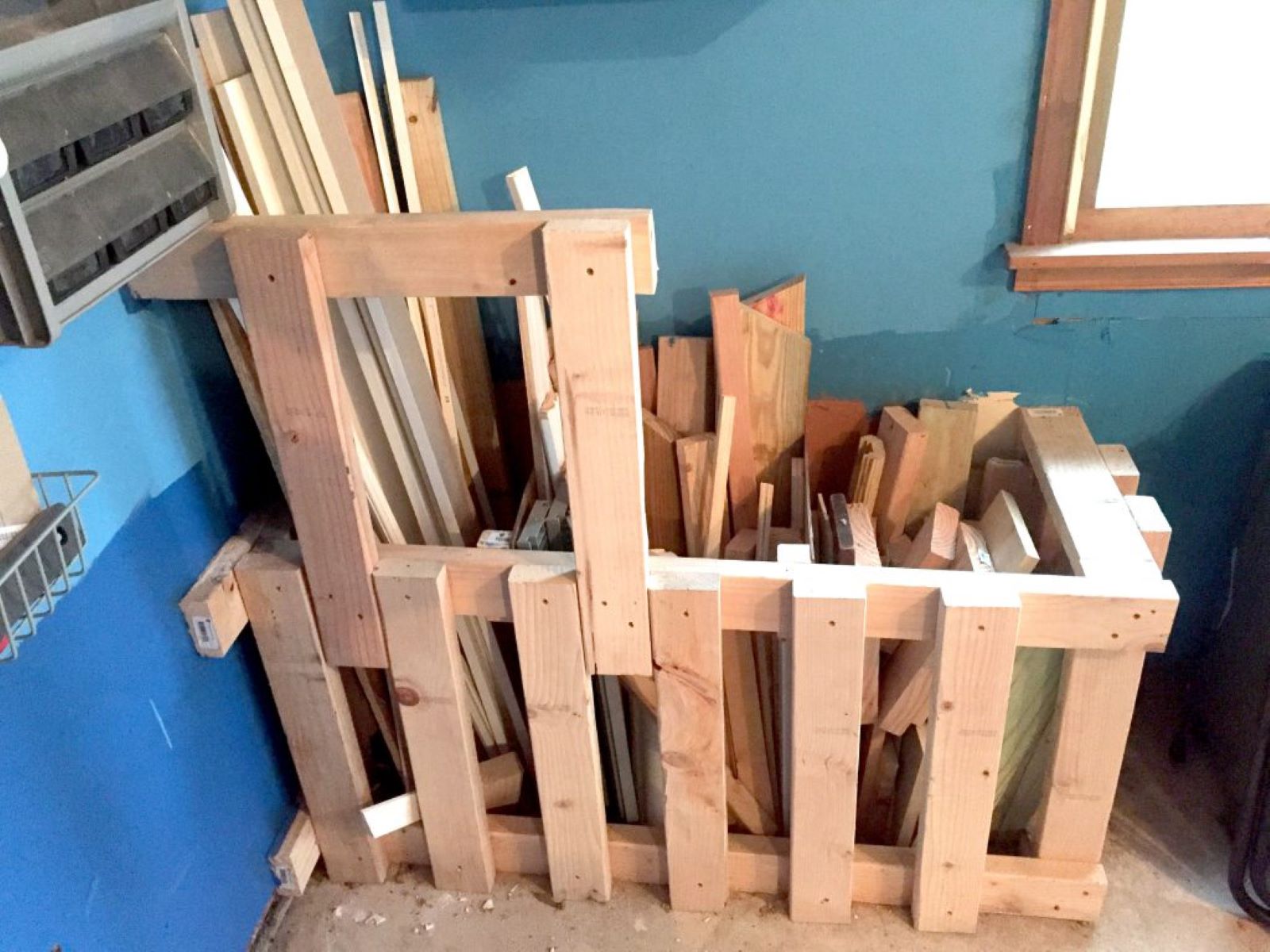
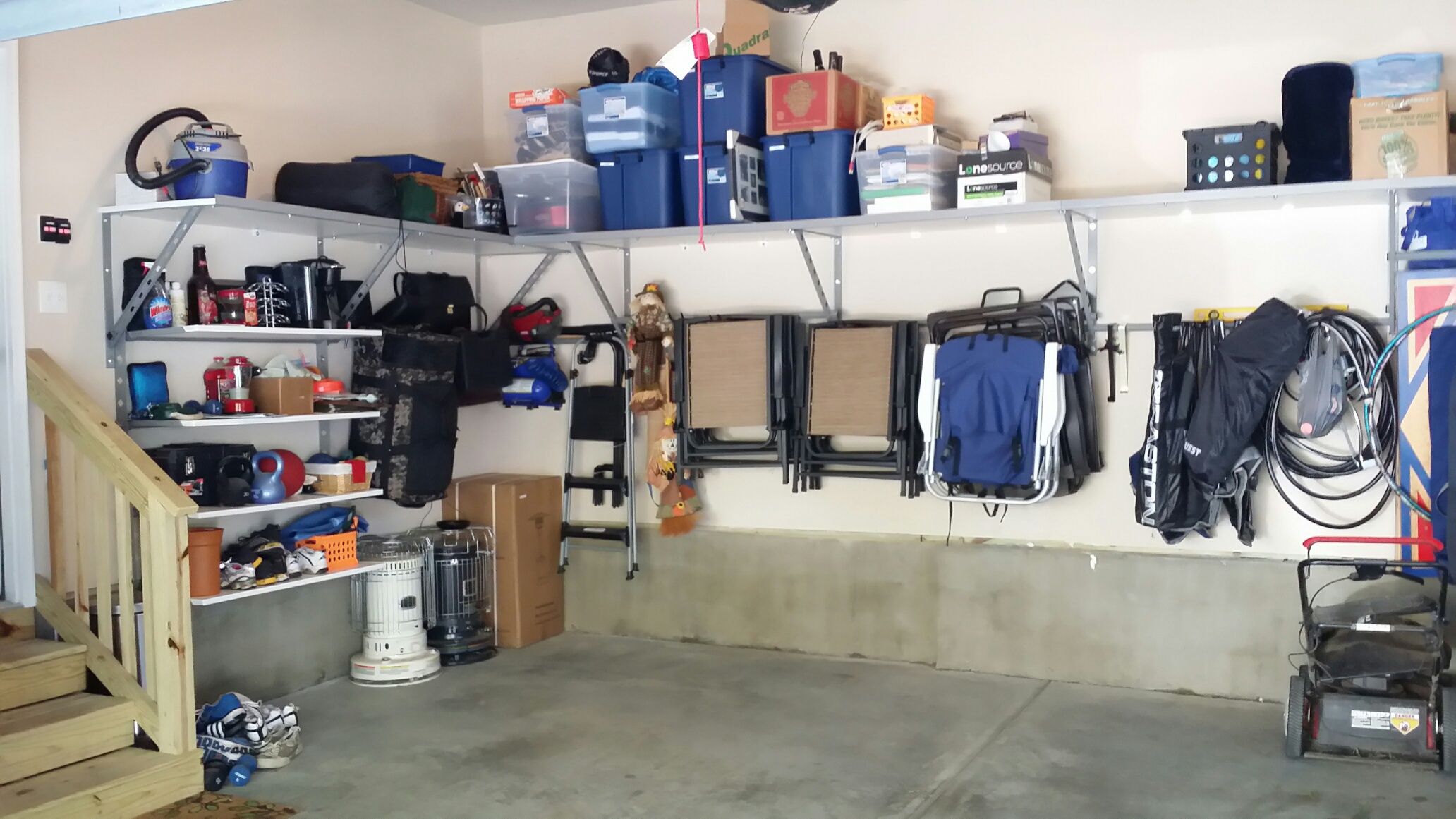
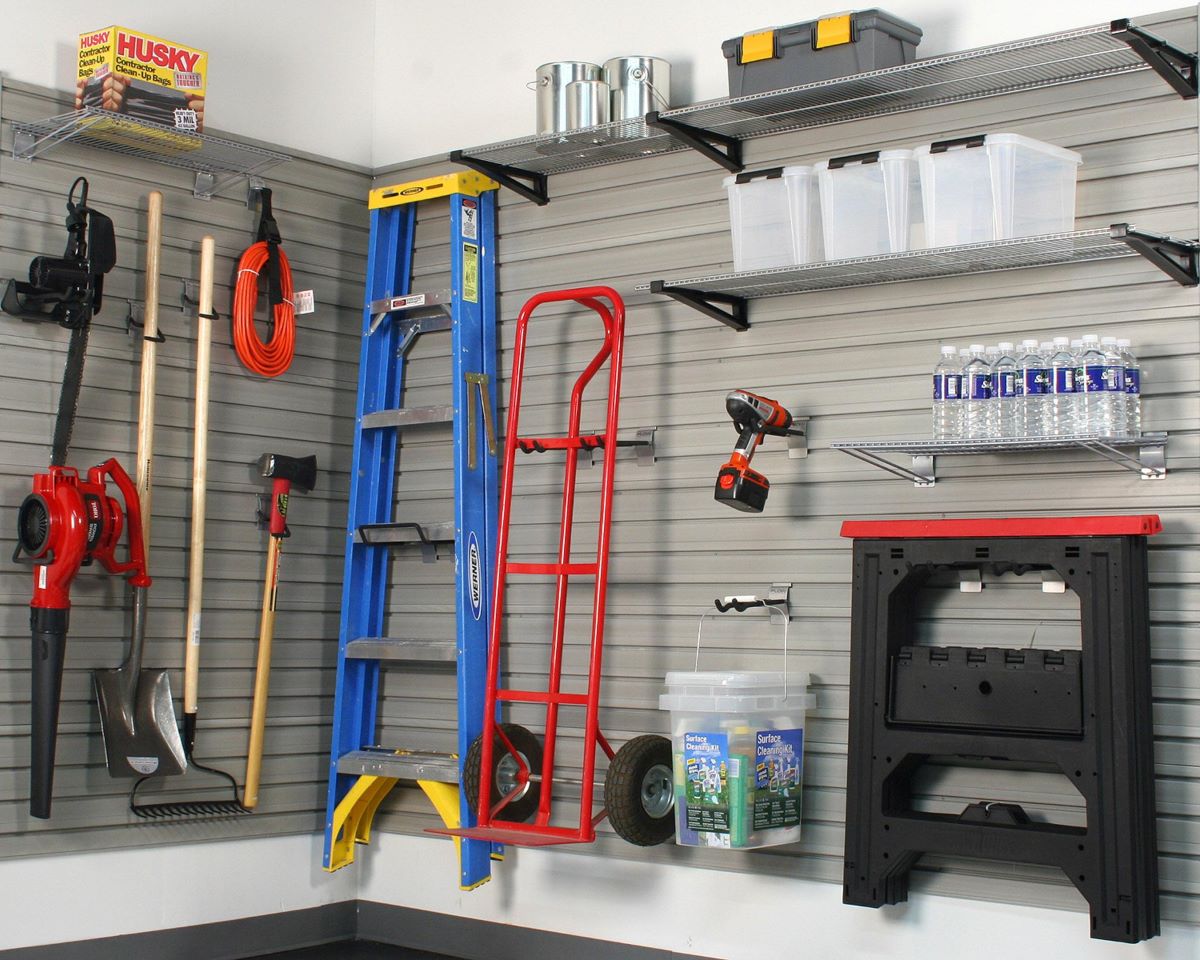
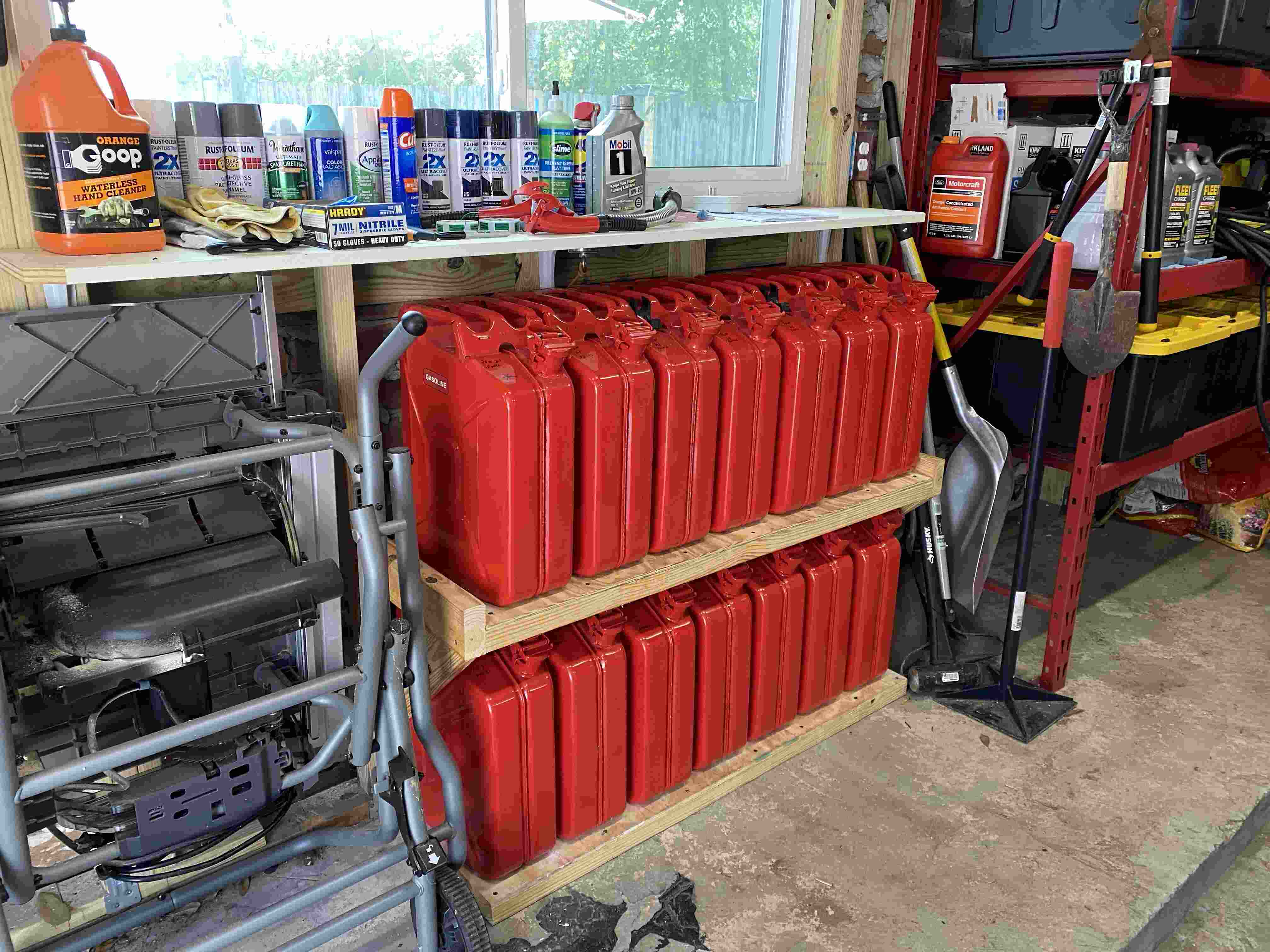
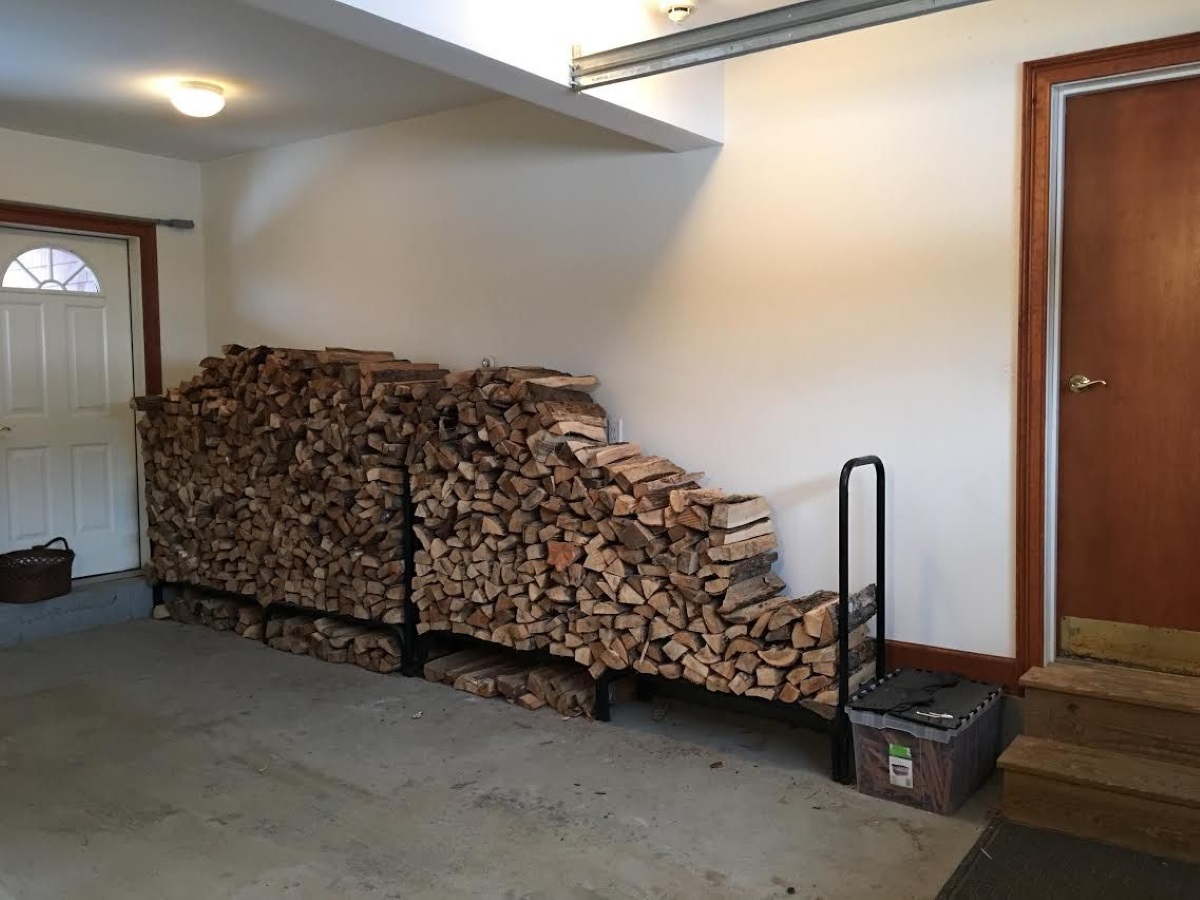

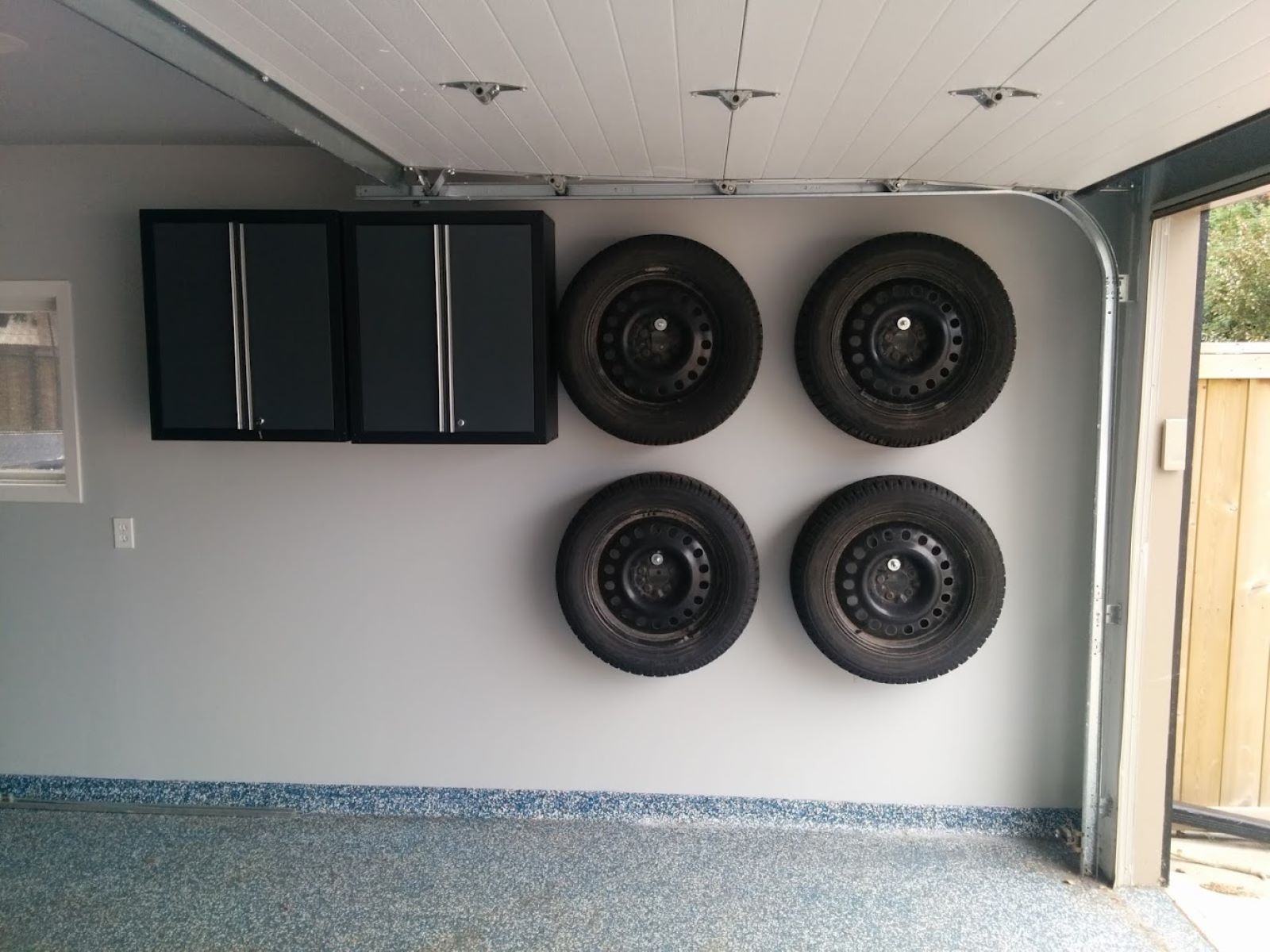
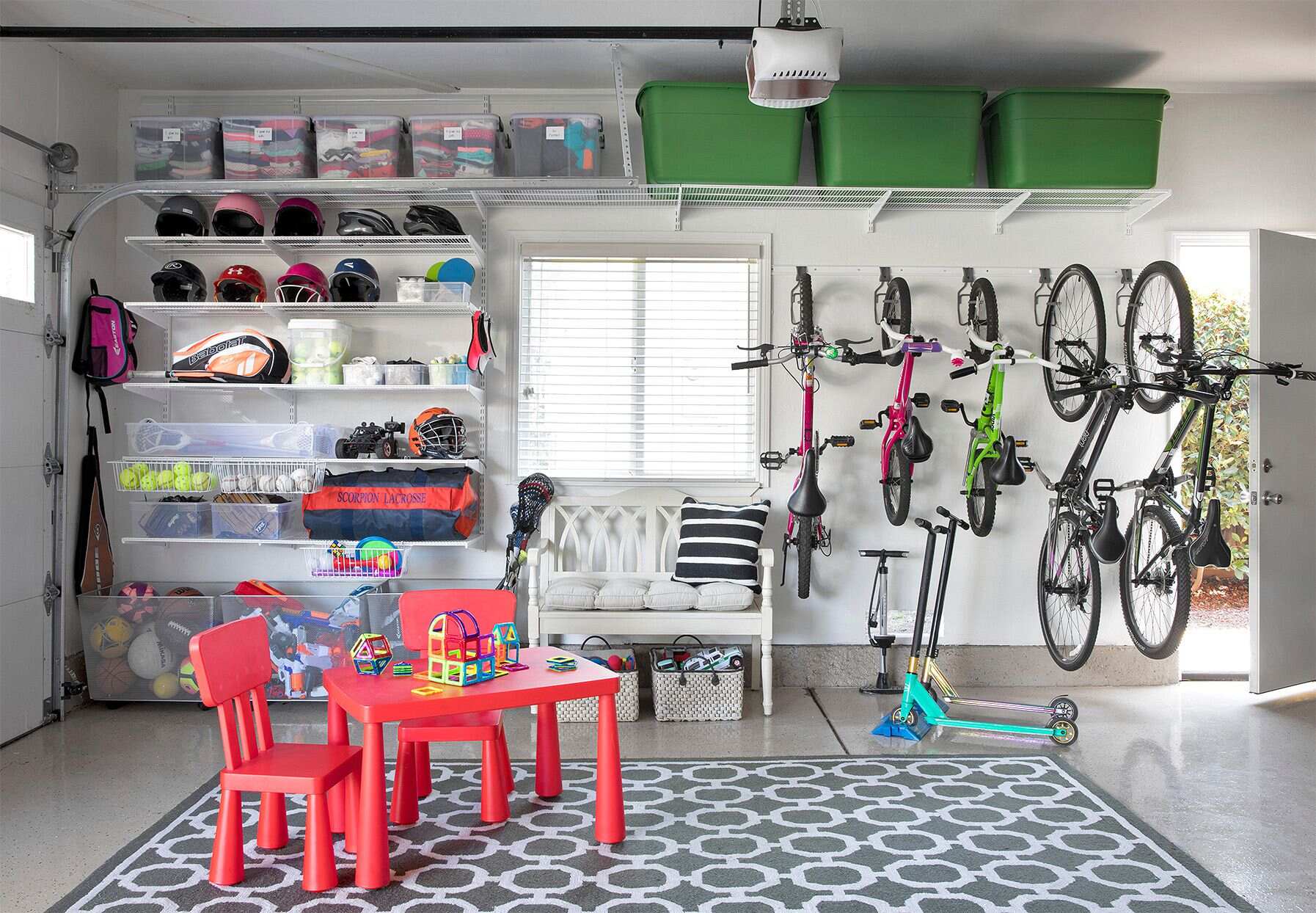
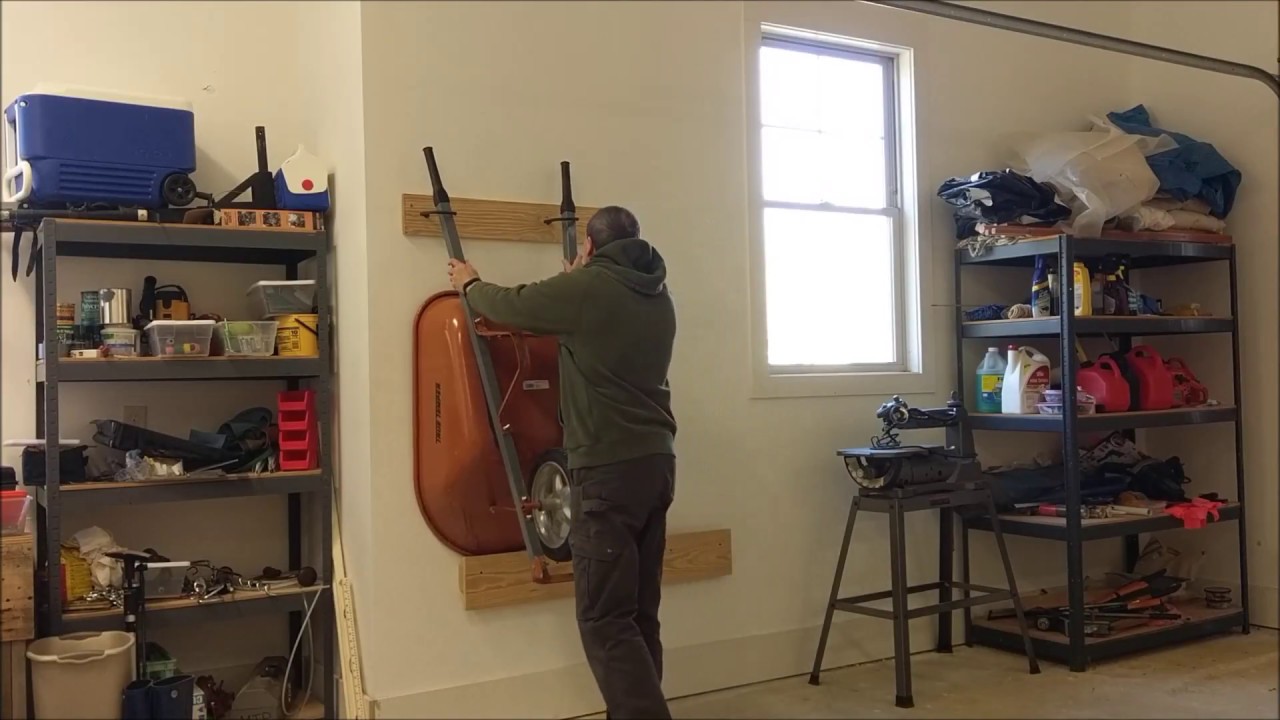
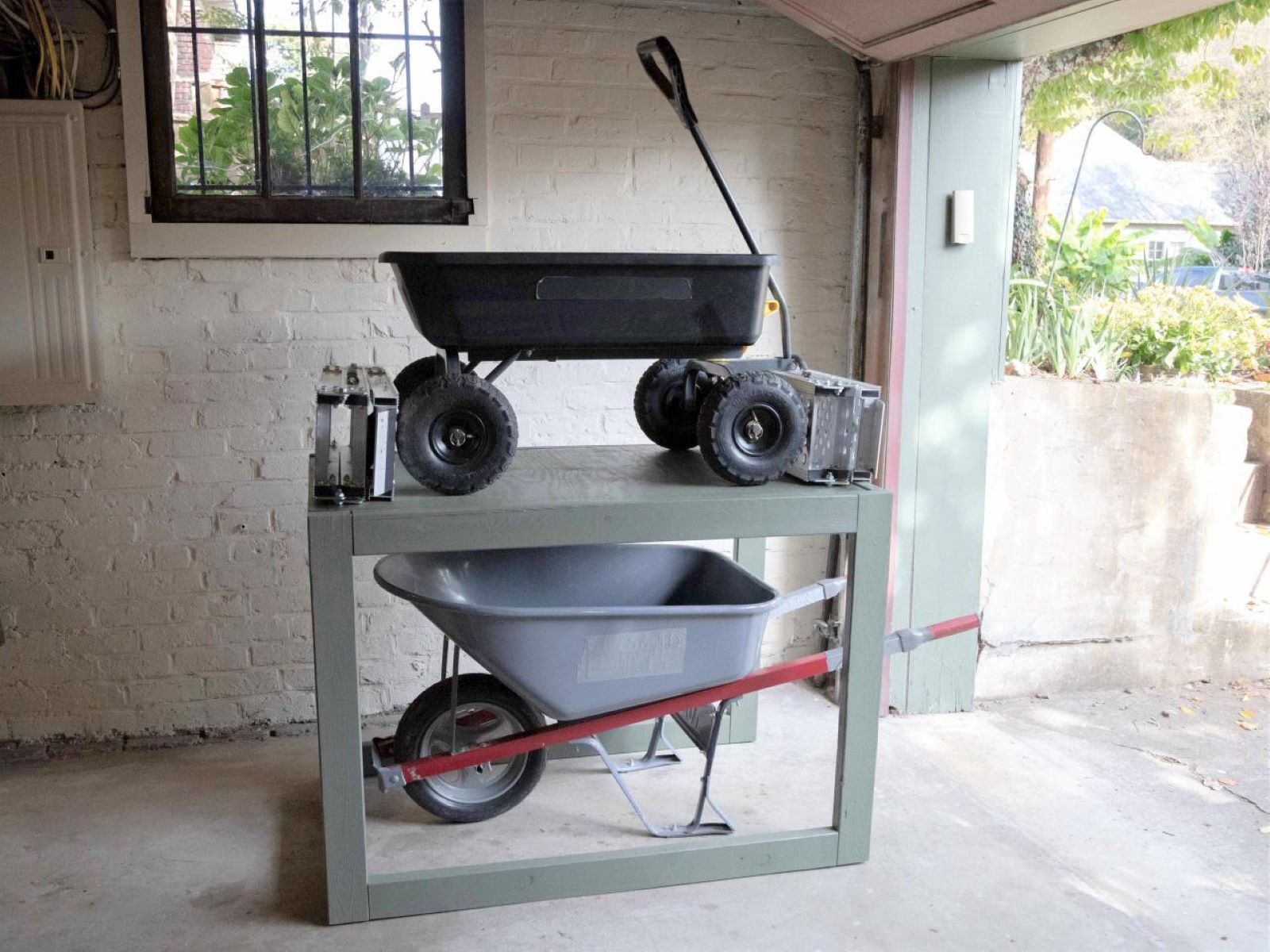
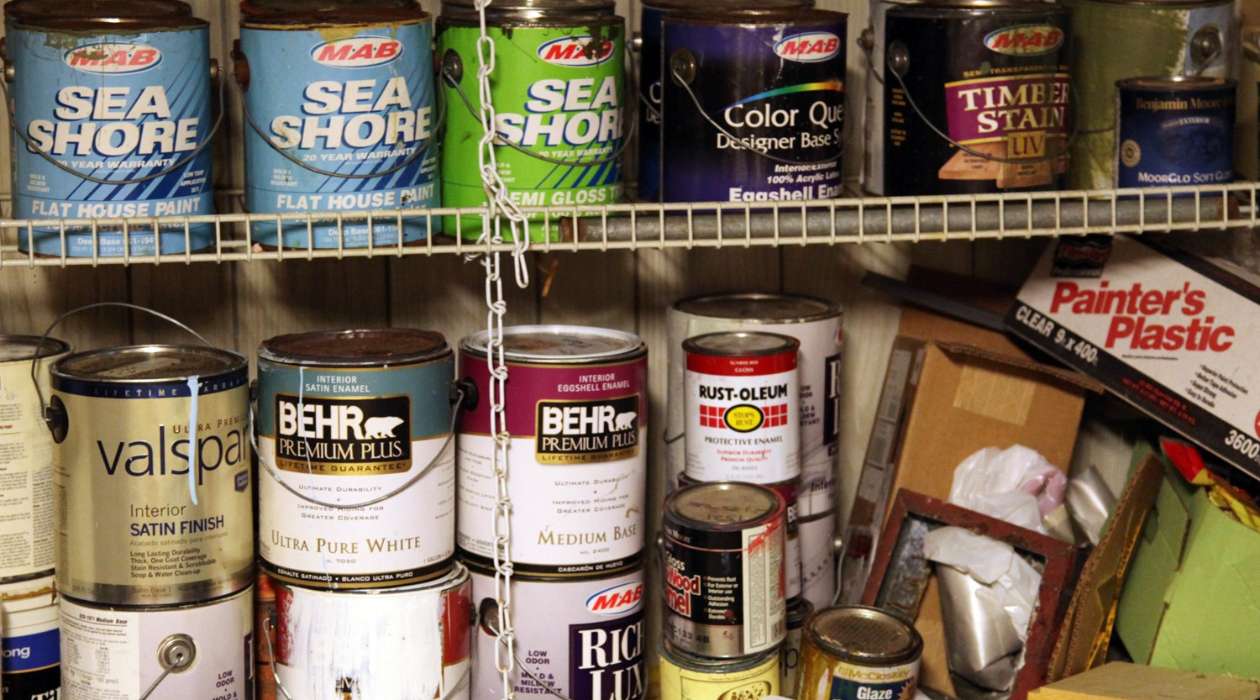


0 thoughts on “How To Store A Mattress In A Garage”